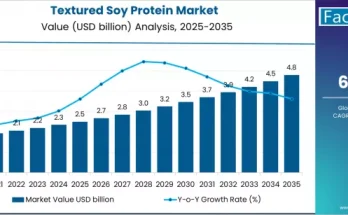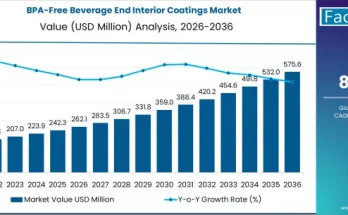The International Coffee Organization reveals that over the past couple of years, the global consumption of coffee bags has increased at a reasonable pace. Next in line to tea, coffee continues to remain among the staple dairy beverages in the world.
Consumption of coffee continues to remain high in urban environments wherein higher caffeine content is observed advantages to cope with rapid lifestyles. Moreover, new applications of coffee continue to expand the applicability purview for manufacturers, enabling them to invest in innovative production techniques.
A key potential for expansion of coffee markets remains to be emerging economies wherein coffee prices are steeped low, and made more affordable for the masses. Regions recording high exports of coffee are also being targeted by companies seeking to enlarge their global market presence.
The future of global coffee market continues to witness a steady demand owing to the nonpareil position held by coffee in our daily diets. Consumers are also demanding higher use of coffee in fast-serving beverages that ensure an improved body metabolism. Some players in the global coffee market are also shifting towards procurement of organic coffee beans.
According to the newly-published report by Fact.MR, the global market for coffee is expected to reach US$ 34.3 Bn value towards the end of 2022. The demand for coffee is expected to attain moderate growth, which will be primarily factored by increasing demand of caffeine-based dietary supplements and rising inclusion of dairy beverages in daily diets.
Forecast Highlights from the Report
- Europe is pegged to remain a lucrative market for coffee. Habitual coffee drinkers in Europe are increasing by the minute, with European cultural influences boosting the consumption of coffee-based beverages across the globe. Towards the end of 2022, the coffee market in Europe is expected to surpass US$ 6 Bn.
- The largest market for coffee, on the other hand, is observed to be the Asia-Pacific excluding Japan (APEJ) region. Ample availability of raw coffee beans, government-backed initiatives promoting the farming of cash crops such as coffee, and a vast consumer base will continue to keep APEJ countries at the forefront of global coffee market expansion.
- On the basis of grade, the demand for Arabica is poised to dominate over other grades. In 2017, more than US$ 14 Bn worth of coffee sold in the world will be made of Arabica grade. The report also expects an impressive growth in demand for Robusta-grade coffee, global sales of which are expected to translate multi-billion dollar revenues.
- While supermarket or hypermarkets are observed to be the largest sales channel for coffee products, traditional grocery stores are also anticipated to record impressive coffee sales through 2022.
- The report further predicts that application of coffee in production of hot drinks will gain grounds at a steadfast pace. During the forecast period, the hot drinks application of coffee will procure global revenues worth over US$ 15 Bn.
The report has also profiled leading players in the global coffee market, which include companies namely, Starbucks Corp., Nestlé S.A., Unilever Plc, Jacobs Douwe Egberts, Tata Global Beverages, Matthew Algie & Co. Ltd., Tchibo coffee, The Kraft Heinz Co., Keurig Green Mountain, and Strauss Group Ltd.


